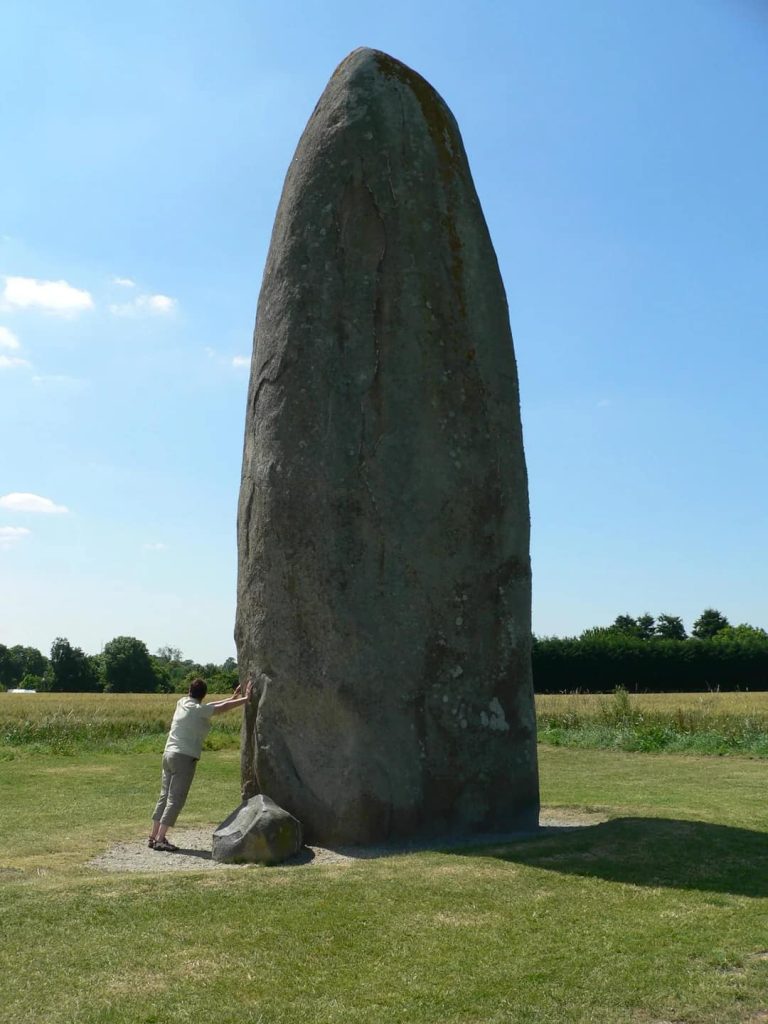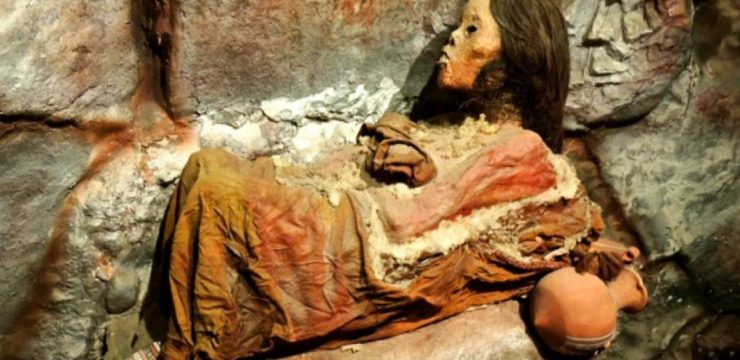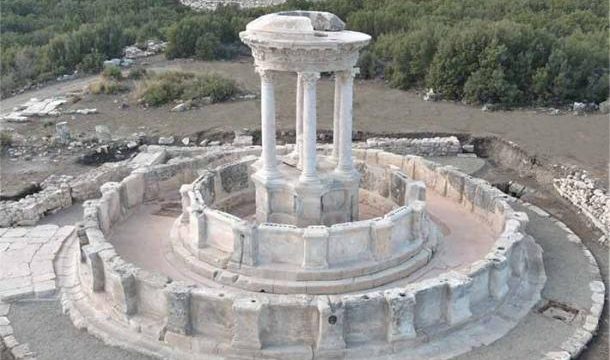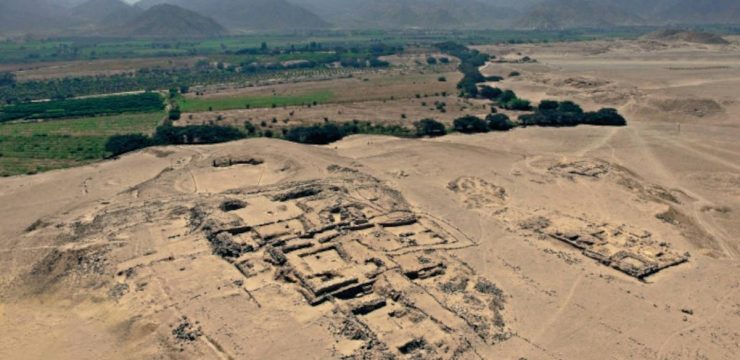Rising with quiet dignity in the heart of Brittany, France, the Menhir de Champ-Dolent is one of the most captivating archaeological marvels in Europe. Towering at a height of 9.5 meters (approximately 31 feet), this imposing granite monolith has stood for thousands of years near Dol-de-Bretagne, silently witnessing the tides of time, civilization, and culture that have passed through this land. Estimated to have been erected sometime between 5000 and 4000 BC, the menhir is a striking example of Neolithic ingenuity, deeply intertwined with spiritual symbolism and early astronomical observation.

Its sheer size alone commands attention—cut and transported without the benefit of modern machinery, the Menhir de Champ-Dolent is an extraordinary feat of ancient engineering. How our Neolithic ancestors managed to quarry, move, and position such a massive stone remains a topic of scholarly discussion and admiration. What we do know is that this stone wasn’t placed randomly. It is part of a broader cultural landscape in Brittany and northern France that includes a wide array of megalithic constructions—standing stones, dolmens, and stone circles—each with unique features and likely serving multiple roles in ancient life. These structures are believed to have functioned not only as territorial markers but also as places for community gatherings, religious rituals, and potentially, scientific inquiry.
Over time, researchers have uncovered compelling evidence to suggest that the Menhir de Champ-Dolent was aligned with celestial events. Like the far more famous Stonehenge in England, this menhir may have functioned as a primitive observatory. Its placement in the landscape suggests that its creators understood the movement of the sun and stars, using these natural cues to mark the passage of time. Alignments with solstices and equinoxes suggest that the stone was part of a larger system that connected the physical and spiritual worlds. To these ancient people, the sky was not merely a canopy above but a sacred calendar, guiding planting seasons, marking time, and possibly even dictating the rhythms of their rituals.
Surrounding the menhir are remnants of burial sites and stone circles, adding further weight to the belief that the area once played a vital role in religious and spiritual life. These megalithic landscapes often served as ceremonial centers, where the living engaged in rites to honor the dead, celebrate the turning of the seasons, and seek favor from cosmic forces they revered but could not fully understand. The Menhir de Champ-Dolent, then, was likely more than a lone standing stone—it was a beacon of meaning, drawing together communities through shared beliefs and practices rooted in the mysteries of existence.
The site’s spiritual power is not limited to historical speculation or archaeological evidence. Over centuries, the Menhir de Champ-Dolent has inspired a wealth of folklore that adds another layer of intrigue. One particularly well-known legend tells of two brothers locked in a bitter feud. As their conflict reached a dangerous peak, the heavens intervened, dropping the massive stone between them to halt their fight. The stone thus became a powerful symbol of peace and reconciliation, standing not just as a relic of the past but as a moral compass for future generations. Another tale warns of the stone slowly sinking into the earth, and it is said that once the stone disappears completely, it will mark the end of the world. These myths, while not historically verifiable, underscore the lasting emotional and cultural significance the menhir holds in the local imagination.
In today’s world, the Menhir de Champ-Dolent continues to inspire awe and scholarly interest. As one of the tallest and best-preserved standing stones in Europe, it has become an invaluable resource for understanding the worldview of Neolithic societies. Visitors and researchers alike are drawn to its silent power, feeling a deep connection to a distant past where faith, science, and art blended into a unified way of life. The monument not only speaks to the technological capabilities of early humans but also to their quest to find meaning in the world around them—to seek patterns in the stars, to honor life and death, and to connect the earthly with the divine.
What makes this menhir particularly compelling is the way it bridges different dimensions of human history. It is at once a scientific artifact, a spiritual totem, a cultural landmark, and a source of storytelling that spans thousands of years. It challenges our assumptions about prehistoric peoples, reminding us that they were not simply primitive survivors but thoughtful builders, observers, and spiritual seekers. In their hands, massive stones like the Menhir de Champ-Dolent became vessels for meaning, memory, and legacy.
Preserving this site and others like it is crucial, not just for academic study but for the cultural richness they represent. These monuments offer rare, tangible connections to civilizations long gone, allowing us to glimpse their worldview and appreciate the roots of modern human society. As we strive to understand our place in an increasingly complex universe, ancient structures like the Menhir de Champ-Dolent remind us that this search for meaning is as old as humanity itself.
In the shadow of the Menhir de Champ-Dolent, we are reminded that our ancestors looked to the skies with the same questions we ask today. Who are we? Why are we here? What lies beyond what we can see? And perhaps, most importantly, how do we find harmony with the world around us and with each other? This remarkable stone, unmoved by the winds of time, continues to echo these timeless human questions—inviting each generation to pause, reflect, and listen.





